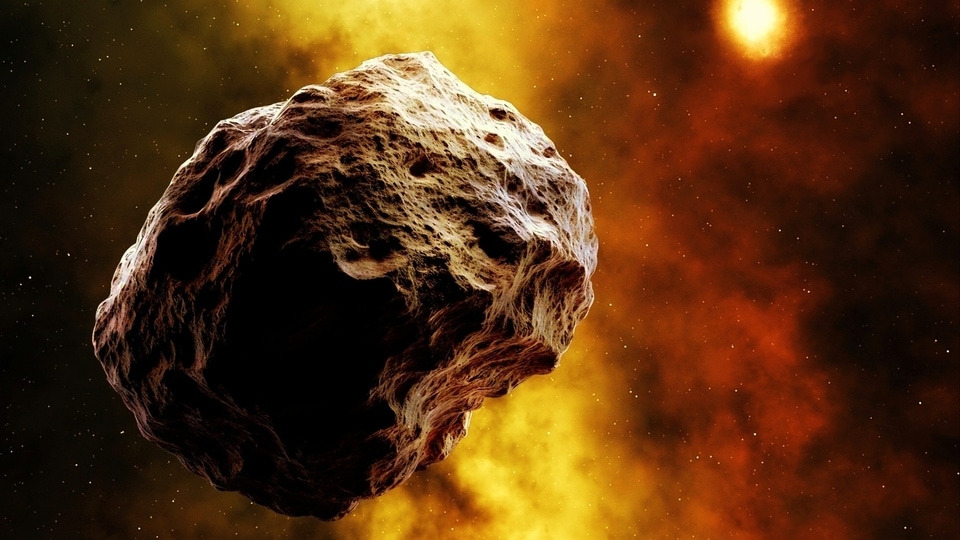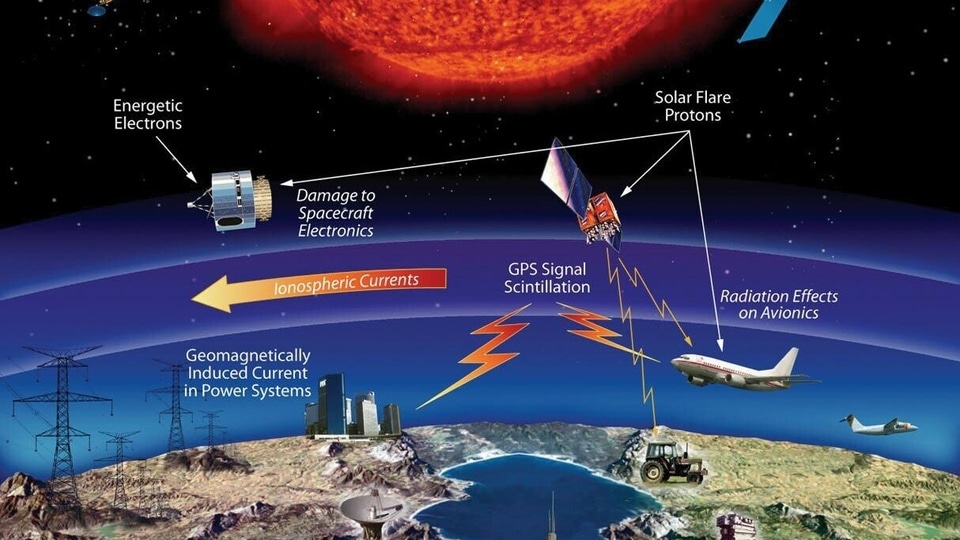Solar storm warning: NASA turns to AI for help
NASA's AI-enabled predictions can offer advance notice for solar storms, providing crucial preparation time to protect power grids and vital infrastructure.






 View all Images
View all ImagesNASA's AI-enabled predictions can offer advance notice for solar storms, providing crucial preparation time to protect power grids and crucial infrastructure. The AI model can forecast the location of an upcoming solar storm with a 30-minute lead time by examining spacecraft data of the solar wind.
Solar storms are intense disturbances caused by the sudden release of energy from the Sun. These storms have a significant impact on Earth's space environment, disrupting satellite communication, power grids, and navigation systems.
Now, NASA has leveraged the power of Artificial Intelligence (AI) to improve our understanding and forecast of solar storms.
Understanding Solar Storms and their impact
The Sun constantly emits solar material, which includes a steady stream known as "solar wind" and more intense bursts during solar eruptions. When this material interacts with Earth's magnetic environment, known as the "magnetosphere," it can trigger geomagnetic storms. These storms vary in intensity and can disrupt our technology-dependent world.
A multinational collaboration of experts, including NASA, the United States Geological Survey, and the United States Department of Energy, is using artificial intelligence to identify links between solar wind and disruptive geomagnetic disturbances. By employing "deep learning," a technique that trains computers to recognize patterns using past examples, the team aims to enhance preparedness for these disturbances.
DAGGER: The innovative AI forecasting model
The team developed a computer model called DAGGER (Deep Learning Geomagnetic Perturbation) that accurately forecasts worldwide geomagnetic storms with a 30-minute notice. The model generates predictions within seconds and updates them every minute. Tests conducted on the model using geomagnetic storms from August 2011 and March 2015 demonstrated DAGGER's accurate predictions of global storm impacts.
DAGGER is a groundbreaking prediction model that combines AI with real-time space and Earth measurements to provide timely and precise geomagnetic forecasts worldwide. The model's computer code is available as open source, allowing power grid operators, satellite controllers, telecommunications companies, and others to customise it for their specific requirements.
By utilising these predictions, stakeholders can receive advance warnings about solar storms and implement necessary measures to safeguard their assets and infrastructure. These measures may involve temporarily shutting down sensitive systems or repositioning satellites to minimise potential damage.
Models like DAGGER could one day enable the installation of solar storm sirens in power plants and satellite control centres around the world. Similar to tornado sirens warning of approaching severe weather, these solar storm sirens would serve as an alarm system for potential solar storms approaching Earth.
Catch all the Latest Tech News, Mobile News, Laptop News, Gaming news, Wearables News , How To News, also keep up with us on Whatsapp channel,Twitter, Facebook, Google News, and Instagram. For our latest videos, subscribe to our YouTube channel.




































